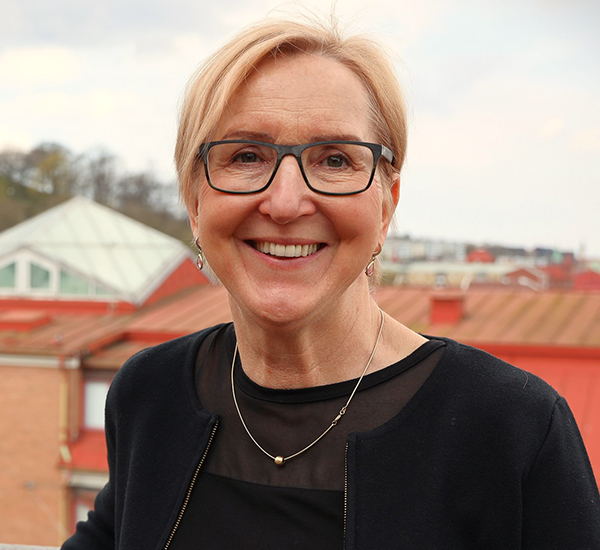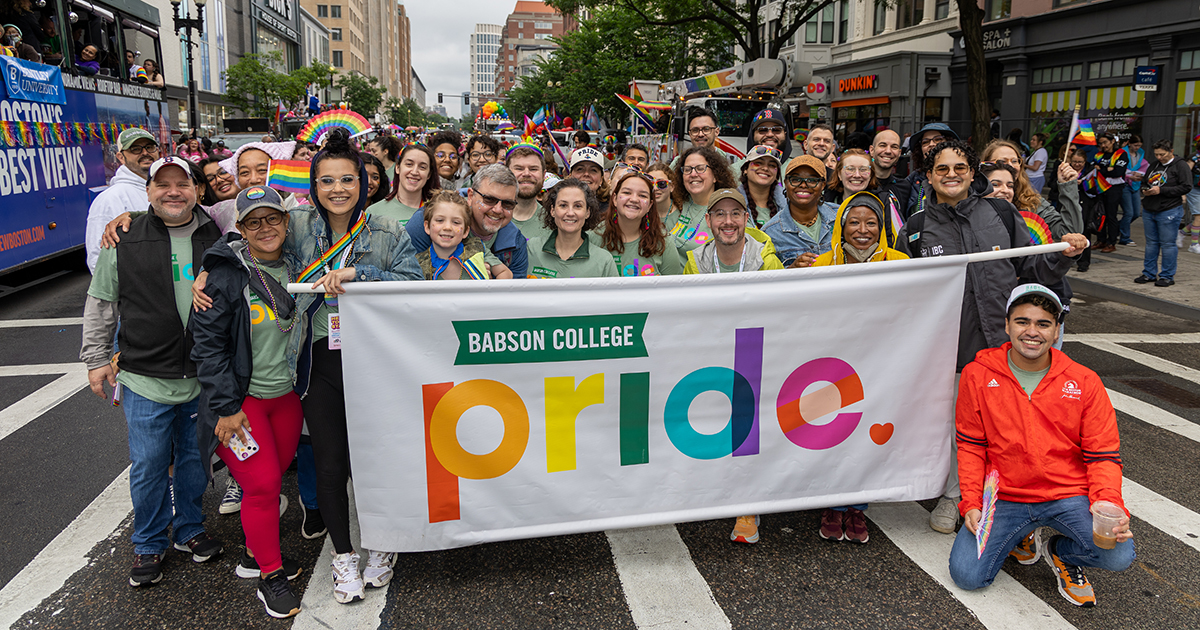What Is Shrinkflation? Why Shoppers Are Getting Less for Their Dollar

Shoppers are waking up to less Folgers in their cup and suddenly noticing fewer pieces in their Reese’s as shrinkflation—reducing product sizes while keeping prices steady—takes hold.
Babson College economics Professor Lidija Polutnik says the practice has been around for decades but is now under scrutiny thanks to viral social media posts exposing the trend.
“Shrinkflation often peaks during economic downturns as companies aim to protect their margins in the face of rising costs,” said Polutnik. “Consumers notice they’re getting less value for their money, and it feels unfair.”
Polutnik, a microeconomist who works in pricing and studies consumer behavior, shared her thoughts on the impact of shrinkflation on customers, whether the tactic is legal, and how companies can ease the negative impact of shrinkflation.
Shrinkflation, a term coined in 2009, is a subtle way for companies to manage rising costs by changing package size while keeping the price the same. The maneuver allows companies to avoid price hikes, which can drive away cost-conscious consumers.

During the 2008 financial crisis, for example, Skippy peanut butter shrank the amount of peanut butter in their jars from 18 ounces to 16.3 ounces while keeping the price the same. The company added a glass dimple to the bottom of the jar so the two sizes appeared to have the same amount of peanut butter on store shelves.
The factors that drive shrinkflation are similar to those fueling regular inflation: an increase in raw material costs, supply chain disruptions, and labor shortages.
“Companies feel these pressures during recessions or inflationary periods,” said Polutnik. When profit margins start to feel the squeeze, brands may shrink the product size to offset higher production expenses without changing the price on store shelves.
Food products and household goods are particularly susceptible to shrinkflation, Polutnik notes. The Bureau of Labor Statistics indicated that snacks, candy, and household paper products have been most impacted by shrinkflation. In most examples, the company shrank the product size without shrinking the price.
Other examples of recent shrinkflation include:
- Reese’s: Party-size miniatures are now 35.6 ounces, down from 40 ounces.
- Gatorade: The popular 32-ounce bottle shrank to 28 ounces.
- Pantene Pro-V Curl Perfection conditioner: The bottle now holds 10.4 fluid ounces instead of 12 fluid ounces.
- Pedigree dry dog foods: The bag of kibble used to hold 50 pounds but now is 44 pounds.
- Folgers coffee: The average can has gone from 51 ounces to 43.5 ounces
Although companies must update labels to reflect product size changes, they’re not required to advertise those changes.
“There are no legal requirements for companies to inform consumers, ‘Hey, by the way, we changed the size.’ But, when it happens and the consumer is surprised, it feels deceptive and unethical,” said Polutnik.
Earlier this year, the Shrinkflation Prevention Act was introduced in Congress, aiming to curb the practice.
Consumer Backlash and Transparency
Thanks to platforms like TikTok, consumers are more aware of changes to package sizing. Viral videos comparing old and new product sizes have amplified shrinkflation awareness. Polutnik warns that brands risk losing loyal customers when quietly downsizing products.
“Most consumers don’t check the size of the product when shopping,” she explained. If consumers find out the package size has changed, “this could lead to a loss of trust and a potential switch to other brands.”
Transparency may be the key to retaining trust. Polutnik suggested that brands communicate openly about size changes and their efforts to keep prices the same while focusing maintaining or even improving the quality of the product sold.
“If companies can be upfront and honest,” said Polutnik, “they’ll retain loyalty—even when making tough decisions.”
Posted in Insights






